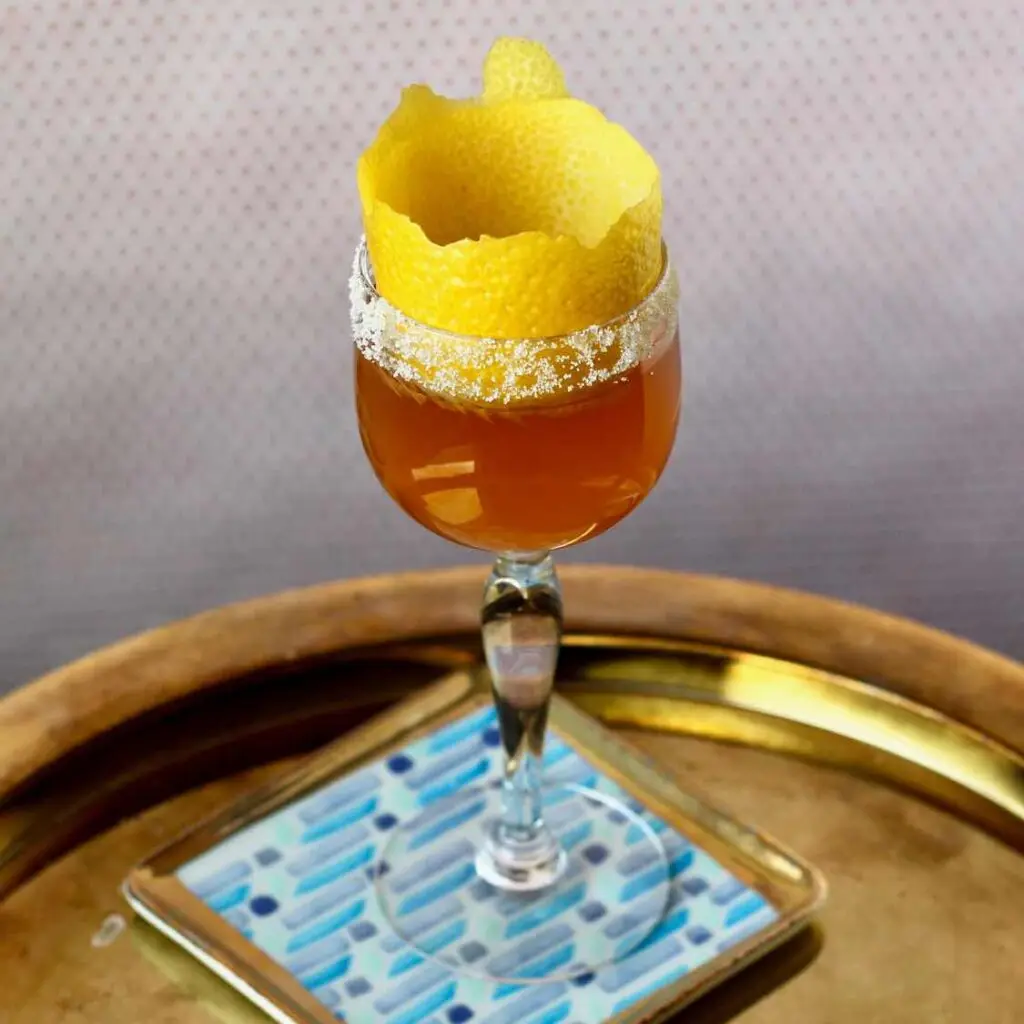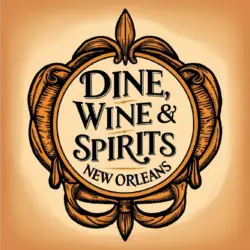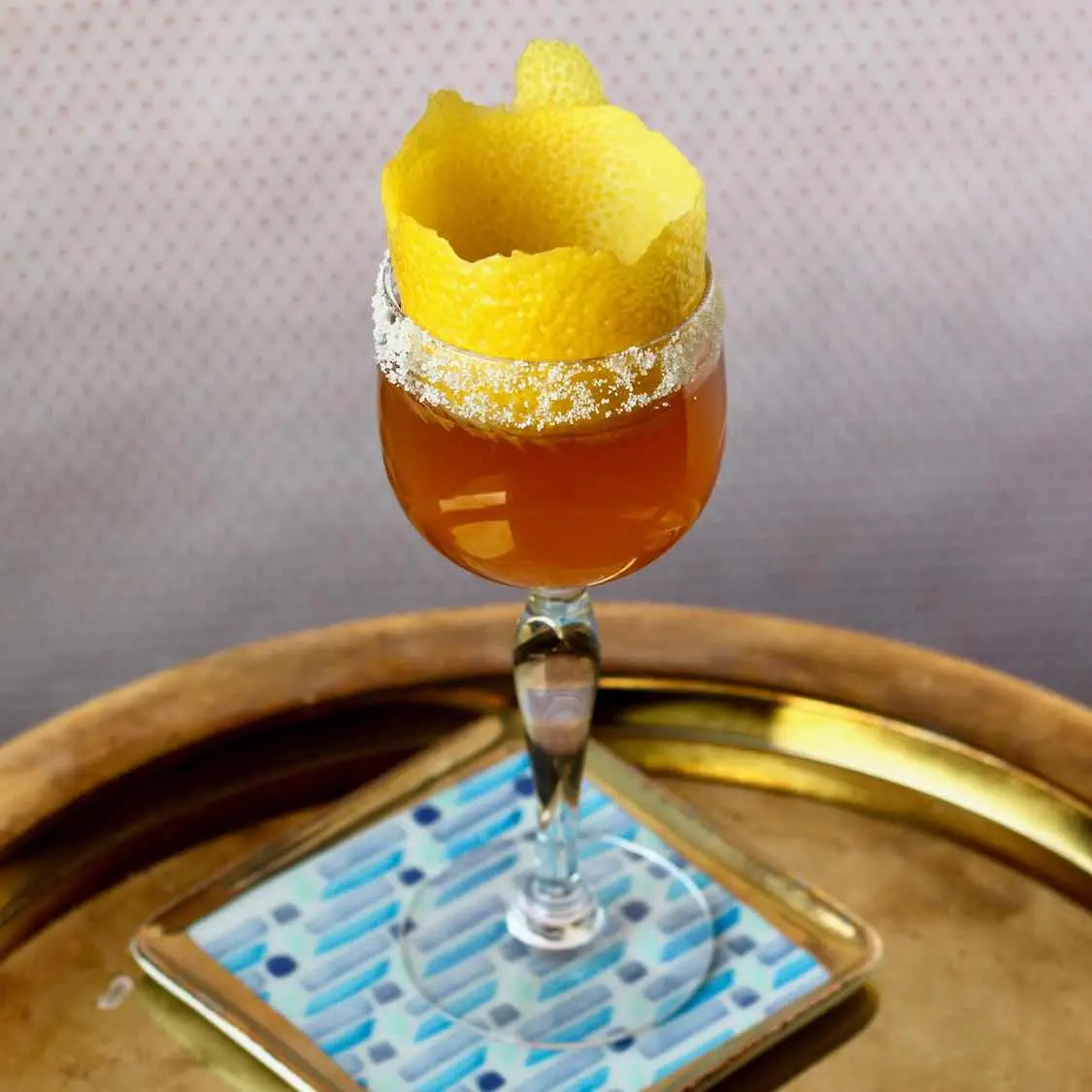THE ITALIAN COCKTAIL CONNECTION
By Tim McNally
It’s no surprise that New Orleans is a long-time respected epicenter of the cocktail world. We’ve known that for 190 years. And we are not just a “flash in the pan.” Sometimes when there is an abundance of riches certain items can be overlooked, even forgotten.
Such a recipe is the Brandy Crusta. What? You’ve never heard of such a cocktail? You are about to be glad I came along.
We all are aware of the sacred place the Sazerac holds in New Orleans cocktail lore: the first; likely the most famous; a perfect reflection of our heritage, both American and French; easy to make; so smooth.
Trivia question, do you know the second mixed alcoholic beverage to be invented in New Orleans in the mid-1800’s? If you know, and you are among the overwhelming minority, do you know the heritage of this cocktail? And do you know where it is still regularly and properly served?
Stick around for the answers.
There is a class of cocktails known as “sours.” The reason for the name is obvious. Remember that early cocktails were based on the needs of sailors to fight disease, like scurvy, on long ocean voyages. Yep, that reason to drink was developed by necessity, not necessarily pleasure, although pleasure was a wonderful side benefit. Sailors were at sea a long time under very unsanitary conditions. Because England ruled the seas, and the conquering nation had extensive holdings in the New World, that indigenous Caribbean spirit, rum, became a favorite shipboard beverage. Every sailor had a daily ration of rum.
Rum, as we are all aware, is distilled from sugar and fruit so it’s sweet. That flavor does not fit well in all situations. Dining, for instance, may pair well with a sweet beverage, then again, it may not. Around 1850 the issue was addressed and spirits were also concocted from citrus. You are way ahead of me here, aren’t you? Citrus-based spirits were called Sours.
To be fair, neither sours nor sweets were distilled entirely of either raw product style. Our distillery owning forefathers realized that a good combination of sugar and citrus yielded a decidedly tasty outcome. But there were/are styles tilted toward one dominant profile. As you know, cocktails are blends of multiple ingredients, many of which are organic, and those ingredients themselves are the result of well-defined products which grow well in certain soils and then the resulting “mash” is maneuvered with processes in specific vessels of well defined materials. The fruit falling off the plant is only the beginning and often is the easy part.
Anyway, every cocktail is dependent on the talented hands and mind of a human adding in the correct ingredients in the proper measure at the right time. Seems much simpler when you step up to the bar and give the bartender your order, doesn’t it?
And as many humans have worked behind the bar over the course of hundreds of years, only a few have left their marks. Such an outstanding talent was Joseph Santini, a native of Trieste, Italy in the northeastern part of that wonderful country. Trieste is the governmental seat of the Friuli region, not far from Venice.
Santini loved to create cocktails made from spirits in a region more closely allied with wine and grapes. His wanderlust brought him to America about 1840, and more specifically to New Orleans, a major port city and a town that had a large Italian population. He immediately gravitated to the bar scene in the Vieux Carre and then opened his own place in the American Sector on Gravier Street. He was very good at his chosen profession and created many named cocktails. One of them took the cocktail ingredients from the French side of town, namely Brandy, and added some ingredients from his heritage, like Cardamom Bitters, Lemon Juice and Orange Liqueur.
He then coated the rim of the glass with sugar to excite the palate and tone down the citrus aspects. But Santini himself liked citrus so he added to the drink about half of the rind from the lemon, rolled and placed along the interior shape of the glass. The Brandy Crusta was born in 1854 at Santini’s bar, The Jewel of the South.
The drink was an immediate hit and made Santini a very famous bartender. It also made Jewel of the South a must-do destination. Santini was not, however, a one-hit wonder. He also created the Frozen Egg Nog, a very popular drink in semi-tropical New Orleans; and the Pousse Cafe, a magical stack of various liqueurs that demonstrates the knowledge of the specific gravity of the various ingredients, and the steady hand of anyone who attempts to construct the drink.
Joseph Santini passed away in 1874 having assured his adopted city a permanent and treasured position in the cocktail world. He is interred in St. Louis Cemetery No. 3 and his grave is a destination, even today, for professionals and amateurs alike who want to honor a talented and dedicated New Orleans transplant.
To complete the circle, Jewel of the South bar, just awarded the designation as one of the Best Bars in the U.S.,and a James Beard Award winner, features Santini’s Crusta as a specialty. Jewel of the South, 1026 St. Louis Street, near Rampart Street,. jewelnola.com.
BRANDY CRUSTA
1 Serving
(Let me note here that when the history of a cocktail goes back this far, then along the way changes will have been made to the style or the ingredients. We endeavor to stick as closely as possible to the original recipe as created by the author.)
Ingredients
1 tsp Lemon Juice
1⁄3 oz Gum Syrup
- 1 tsp Orange Liqueur
- 1 dash Cardamom Bitters
- 2 oz Brandy
Directions
- Technique: Simple Stir
- Moisten a cocktail glass rim with a cut lemon slice and rub the end in granulated sugar to create a sugar crust.
- Combine all ingredients in the mixing glass.
- Add ice to the mixing glass.
- Stir the ingredients for 10 – 15 seconds. Try to avoid over-diluting the drink.
- Strain into a glass.



Comments are closed